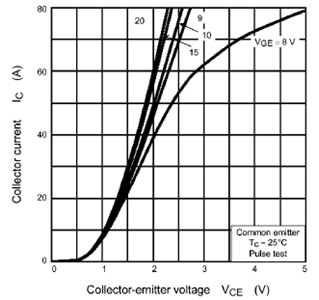- 型号 & 关键词搜索
- 交叉搜索
- 参数搜索
- 库存查询与购买
This webpage doesn't work with Internet Explorer. Please use the latest version of Google Chrome, Microsoft Edge, Mozilla Firefox or Safari.
请输入3个以上字符 Search for multiple part numbers fromhere.
The information presented in this cross reference is based on TOSHIBA's selection criteria and should be treated as a suggestion only. Please carefully review the latest versions of all relevant information on the TOSHIBA products, including without limitation data sheets and validate all operating parameters of the TOSHIBA products to ensure that the suggested TOSHIBA products are truly compatible with your design and application.Please note that this cross reference is based on TOSHIBA's estimate of compatibility with other manufacturers' products, based on other manufacturers' published data, at the time the data was collected.TOSHIBA is not responsible for any incorrect or incomplete information. Information is subject to change at any time without notice.
请输入3个以上字符
IGBT栅极应以什么电压驱动?
用规格书中与VGE值相等的电压驱动IGBT栅极,作为VCE(sat)和开关特性的测试条件,或者以接近VGE的电压下驱动(详见下表)。增大栅极-发射极电压(VGE)会降低相对于绝对最大额定值的裕度,而减小栅极-发射极电压又会导致VCE(sat)增大(如下所示),从而增加导通损耗。如果栅极-发射极电压过低,则由于IGBT的驱动不充分,系统可能无法顺利运行。通常,我们建议VGE电平等于或接近15V,除了特殊用途的IGBT(例如,用于闪光灯应用的IGBT)。
另外,当栅极偏置电源电压与IGBT的栅极-发射极电压之间存在电压差时,设计时应保证IGBT的栅极-发射极电压为上述值。
(注:通常,IGBT关断时的栅极-发射极电压设为零。但在某些情况下,栅极-发射极电压会被反向偏置以稳定IGBT的开关操作。)

静态特性(Ta=25℃,除非另有规定)

动态特性(Ta=25℃,除非另有规定)


